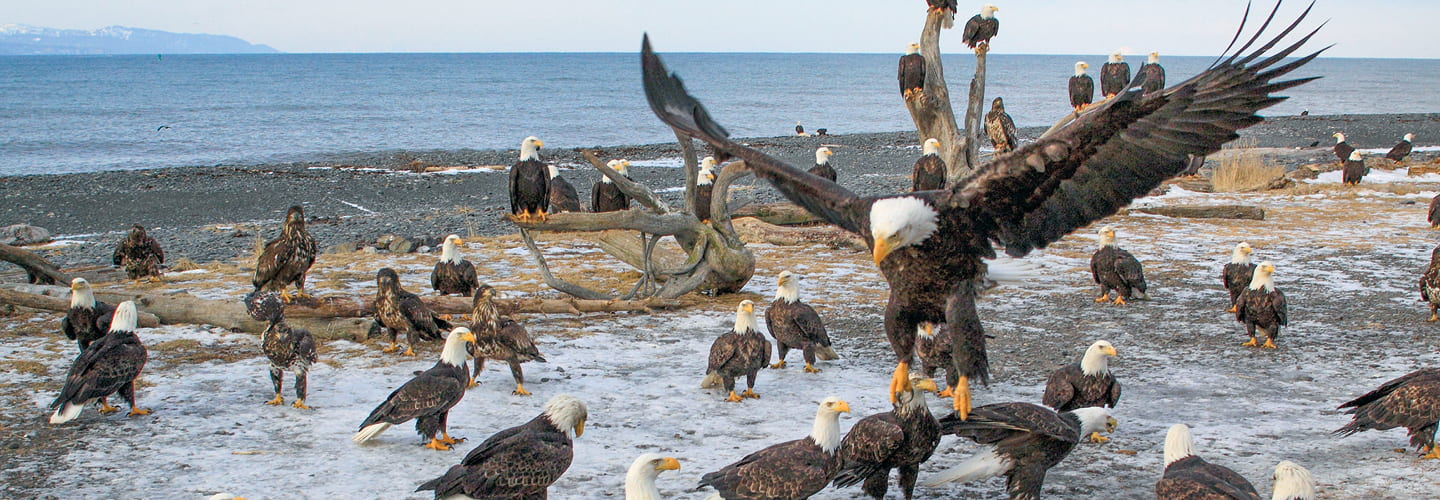For decades, the bald eagle—the national bird of the United States—was on the brink of extinction. Hundreds of thousands of them were hunted down in the early 20th century, and many more died because of the widespread use of pesticides, which poisoned their food supply. In 1963, only 417 known bald eagle nesting pairs remained in the wild. But the majestic bird is now making a remarkable comeback, the U.S. Fish and Wildlife Service recently announced. The bald eagle population in the lower 48 states has quadrupled since 2009; there were an estimated 316,700 bald eagles, including more than 71,400 breeding pairs, during the 2019 breeding season. The population was able to recover, experts say, because of conservation efforts, as well as the banning of the pesticide D.D.T. in 1972. The eagle’s resurgence is “truly a historic conservation success story,” says Deb Haaland, U.S. secretary of the interior, who added that this gives her hope for the future of the planet. “I believe that we have the opportunity of a lifetime to protect our environment and our way of life for generations to come. But we will only accomplish great things if we work together.”

Bald eagles, like these on Alaska’s Kenai Peninsula, once were nearly extinct. Now they’re thriving again, thanks to conservation efforts. (Juniors Bildarchiv GmbH/Alamy Stock Photo)
Text-to-Speech
